Lancaster Canal Corridor: £25m cost to tax-payer revealed
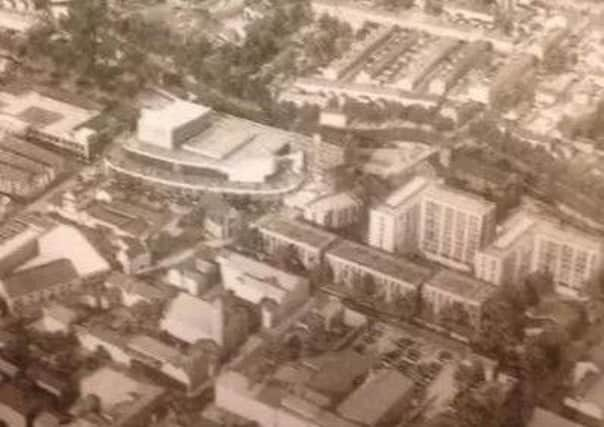

The North Lancashire Green Party says it will “not be gagged any longer” and has revealed Lancaster City Council aims to invest £25m into the scheme.
Former Mayor and Lancaster City Coun Jon Barry has now demanded a public debate on the proposed development, to ask people whether the risks involved in investing such a large sum are acceptable to taxpayers.
Advertisement
Hide AdAdvertisement
Hide AdIn a report sent to the Lancaster Guardian, Coun Barry also revealed that as well as a new student village, a 786 space underground car park and a new “arts hub” the development could also include an 82-bedroom hotel.
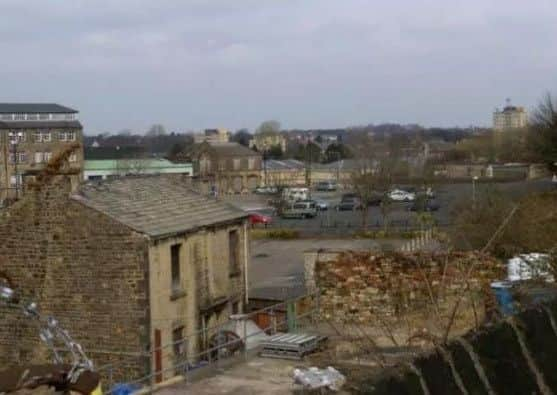

He said: “If the city council is to invest such a large amount of public money into the canal corridor scheme then there should be a public debate as to whether this is the right thing to do and whether the risks are acceptable to taxpayers.
“We will not be gagged any longer – the public has a right to know what is being done with their money.
“My view is that rather than relying on a company with many of its assets controlled by offshore companies, the city council could easily and quickly develop a public-led development of the canal corridor.
Advertisement
Hide AdAdvertisement
Hide Ad“This would have much less risk for the council and would result in a scheme with real financial and social benefits for the city.”
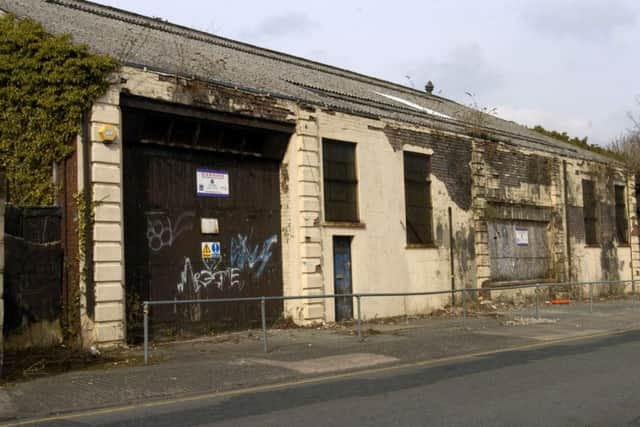

Cun Barry said the city council is handing over the ownership of the canal corridor site, which is majority council-owned, to the preferred developer British Land, with the tax payer being asked to take medium term leases on the risky elements of the deal – the arts hub and the large underground car park.
He said this would mean no benefits of land ownership but on-going year on year large rental costs for the tax payer.
A report to councillors in October was exempt, meaning that councillors are not supposed to release details to the public.
Advertisement
Hide AdAdvertisement
Hide AdHowever, North Lancashire Green Party said it felt that it is morally obliged to release some of the alternative arguments, given that the city council released some details of the scheme in early December 2017 to the Lancaster Guardian.
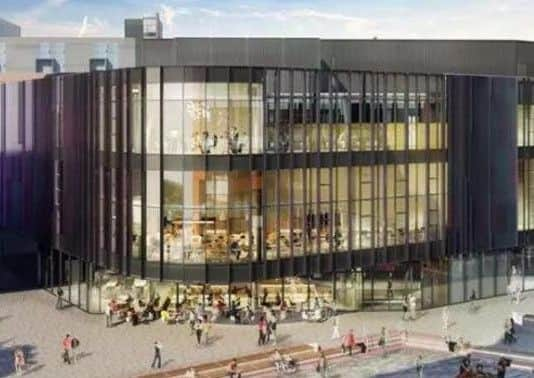

Coun Barry said he challenged the exemption ‘gagging order’ at the meeting on October 31; but his proposal for the debate to be held in public was voted down by the Labour majority on the city council.
The scheme will be considered again by Full Council in 2018 before a final decision is taken.
Coun Barry said he felt that the problems with the scheme arise when you start to look at the issues in more detail.
Advertisement
Hide AdAdvertisement
Hide AdThe report said: “The City Council is currently set to invest £25m into the scheme. The Council is assuming that it will generate seven per cent profit from the scheme for the next 50 years. This is to offset risks with the car park and the arts hub.
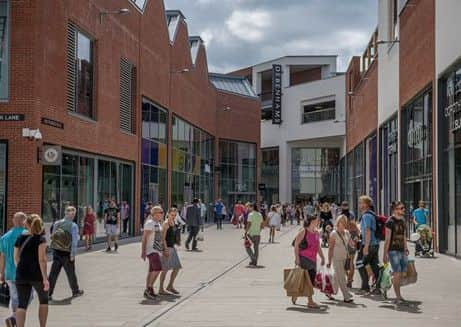

“If this profit level of seven per cent is not achieved then taxpayers will have to pay any deficits.
“The two riskiest parts of the scheme are the underground car park and the arts hub. The City Council has been persuaded by British Land to take the risks associated with both elements.
“The City Council will have to undertake to pay rent for the car park over 30 years.
Advertisement
Hide AdAdvertisement
Hide Ad“This rent is expected to rise on an inflation-linked upward-only rent review. If the car park is under-used then the City Council will still have to pay the rent. This is an exactly analogous situation as occurred with the indoor market.
“The City Council rented back the building from the developer and was stuck in a 99-year lease.
“By the end, the City Council was losing hundreds of thousands of pounds per year.


The financial situation with the arts hub situation is similar to the underground car park. The City Council will have to agree to pay rent back to the developers, again expected to increase each year on an inflation-linked upward-only rent review. The Council will have to hope that the organisations within the arts hub generate this amount of profit. Currently both the Dukes and Ludus rely on significant grants from Arts Council England and the City Council to
break even.
Advertisement
Hide AdAdvertisement
Hide AdThe combined rent envisaged for the arts hub and the car park is between 1 and 2 million pounds per year.”
The report also said that there was a danger in terms of the Arts Hub that the City Council will seek to commercialise it to try to generate more revenue, thus affecting artistic integrity.
The rest of the report is included below:
“This means that the ethos of organisations such as The Dukes and Ludus will be compromised,” the report said.
“In short, they will be dancing to the tune of revenue rather than artistic content.
Advertisement
Hide AdAdvertisement
Hide AdThe arts hub also poses a big danger to the Grand Theatre – as major players in the theatre itself have declared. If the arts hub commercialises its operations, it will bring in acts that would have performed at the Grand, leaving the Grand to struggle financially.
The scheme includes a 786 space underground car park, which is an additional 215 car parking spaces on what is there already (including the land potentially used by the university).
The Council will be paying around British Land to rent the car park on a 30 year lease.
So, financially, the Council will want as many people to use the car park as possible. Yet, at the same time we know that the city fails air quality levels and that nationally 42,000 people are dying per year because of air pollution (equates to around 87 per year in the Lancaster District).
Advertisement
Hide AdAdvertisement
Hide AdSo, the Council will have a massive conflict of interest. The Council should have a responsibility for the health of its citizens to keep cars out of the city centre - using the park and ride, for example - and yet, financially, it will be tied into a 30 year lease for the car park - and the rent will increase year-on-year.
In October 2017 carbon levels in the atmosphere passed 400 parts per million for the first time ever. And yet the Canal Corridor scheme is an energy-intensive scheme with no mitigating measures. A similar scheme in Gateshead, for example, is going to be “off grid” - and generate all its own electricity. The Labour-run City Council is stuck in the 20th century, at best.
The park and ride at junction 34 isn’t working. The buses are virtually empty a lot of the time.
“The way to get people to use these buses is to remove car parks from the centre of the city. By increasing car parking in the centre of the city, this scheme does the opposite. It is difficult to imagine a more environmentally unsustainable scheme.
Advertisement
Hide AdAdvertisement
Hide AdThe Canal Corridor scheme is still very much retail-led. It has 320,000 sq ft of retail, 250,000 sq ft of this being non-food and drink. This is a massive increase on the retail space currently in the city centre. Most of the shops that are being approached by British Land are already present in the existing city centre. This will lead to lots more empty shops in the city centre.
“The overall retail offer in terms of different shops (i.e. chains) seems unlikely to be much greater than it is now. The City Council has no plans to improve the existing centre (except for £10,000 for ginnels) and it will have no further borrowing capacity to do so. Thus, the Council will be investing £25m in the eastern part of the city and virtually nothing in the west.
Nothing has happened on the Canal Corridor land for many years - principally because the developer, British Land (BL), has not been able to make a scheme work financially for British Land. BL has spent the last few years trying to get the city council to pay a subsidy, in one form or another. This demand for subsidy has been increasing over that time. The detail of all this, frustratingly for Green councillors, is kept confidential.
“At the October 31st Full Council meeting, Labour used its majority to win a vote to keep the press and public out of the meeting and keep the agenda secret. The negotiations with BL involve external consultants for which the City Council has budgeted £400k in the 2017/18 financial year.
Advertisement
Hide AdAdvertisement
Hide AdOne thing we know about British Land the chosen developers is that the company is set up to ensure it pays the least possible tax by the use of off-shore tax havens. Greens believe that the City Council should refuse to support companies that immorally deprive government of revenue.
North Lancashire Green Party said it proposes a public-led re-development of the Canal Corridor.
The report concluded: “Our aim will be to put the public’s interests at the centre of the scheme and to remove the financial risks inherent in the Labour City Council’s scheme. The City Council currently owns around two-thirds of the land. We believe that the City Council should regenerate this land
as soon as possible. When this is done, it should consider purchasing the land owned by British Land (who paid only just over £1m for their part). We are still working up details of our proposals but our aim is for them to look something like:
Advertisement
Hide AdAdvertisement
Hide Ad• An initial phase of top-end private housing to make a profit for the City Council
• Council housing financed either by borrowing or subsidised by the private housing
• Cafes and bars bordering
• An arts hub - though we would look to build one for much less than the £28m proposed by the City Council
• Campus in the city. We would want Lancaster University to continue with their plans for a significant presence in the city centre
Advertisement
Hide AdAdvertisement
Hide Ad• We would have only limited car parking spaces to facilitate use of the park and ride facility.
• If the City Council could acquire the land owned by British Land, we would consider a new arts and leisure quarter in the former Mitchells building together with small business units – similar in style to the development at Staveley.
Bricks and mortar retailing is in decline. Town centres must become more places where people socialise and are entertained. The question is whether a location with a relatively small catchment can sustain 2 city centres. We don’t think so. Latest research on the shrinking demand for retail premises in town centres across the country backs this view up.”